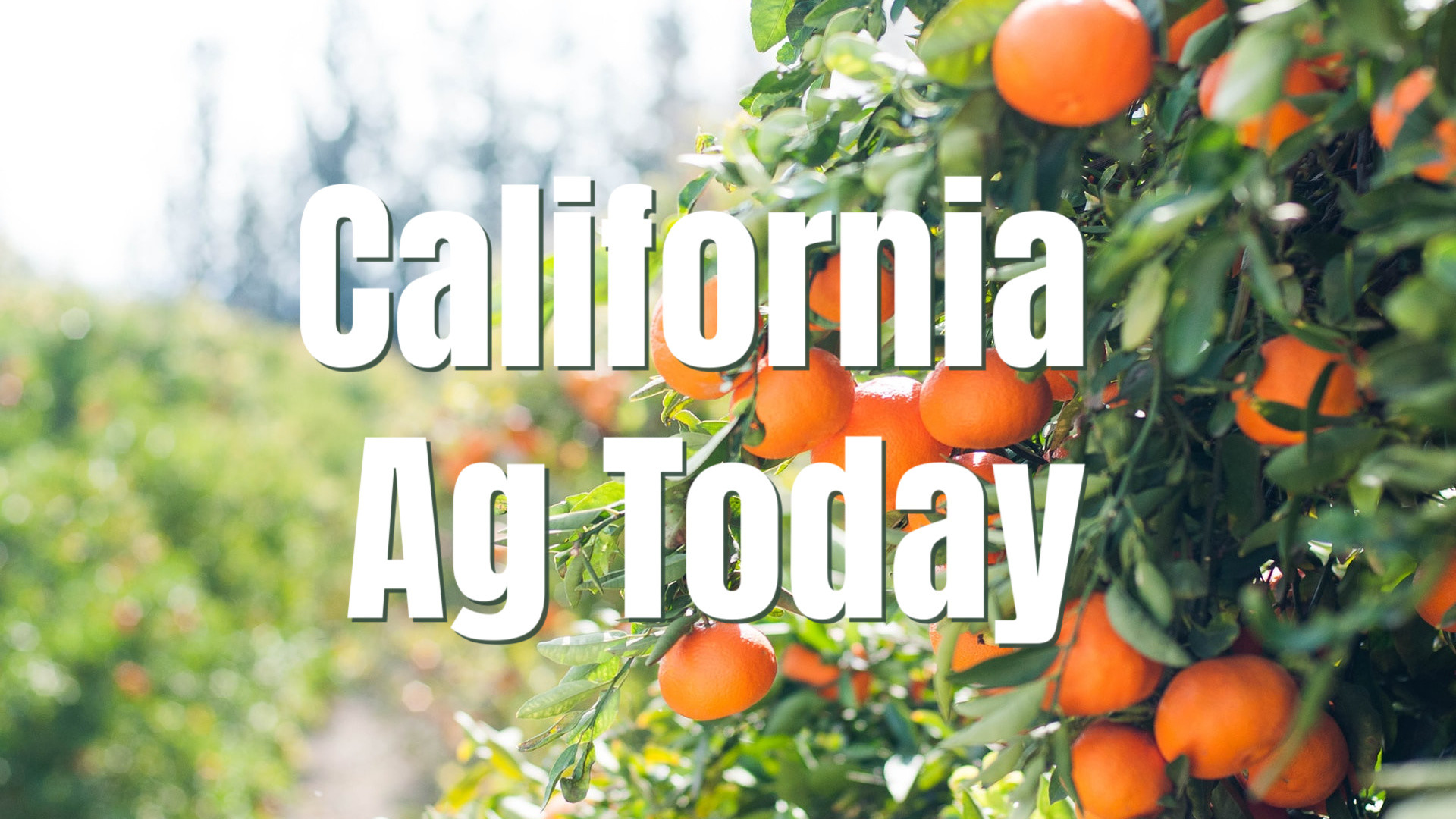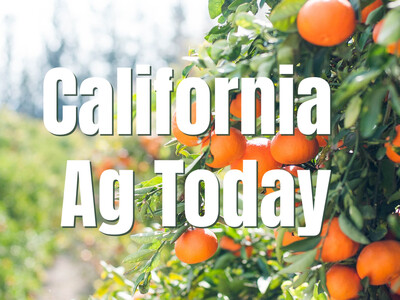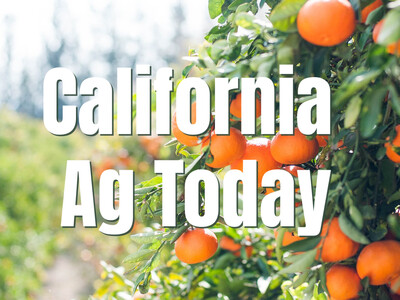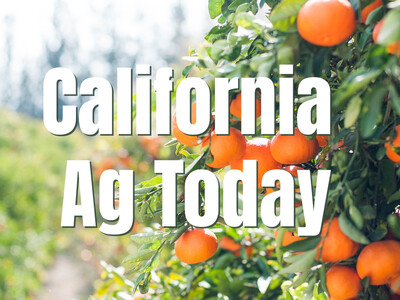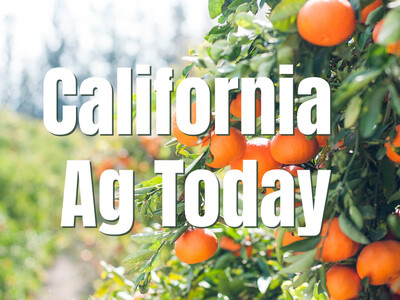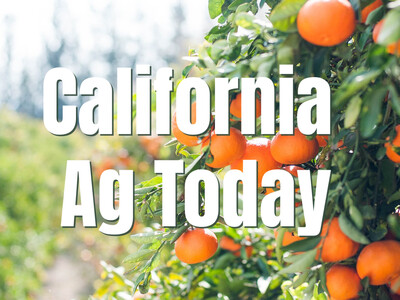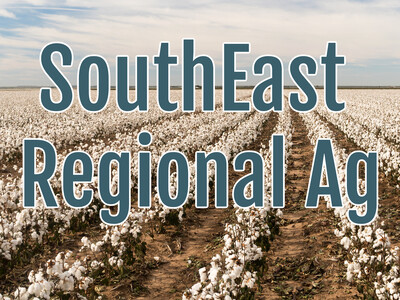California Agriculture Adapts

Tim Hammerich
News Reporter
How is California agriculture adapting to the new reality of COVID-19 and social distancing? Here are a few stories.
Small farms that lost business from restaurants and other food-service clients have been looking for alternative customers or business models. More farms now offer food-box options for pickup or delivery, and a number have collaborated with other farms to lend variety to their food-box offerings. Some farms have also tried e-commerce as a potential way to expand their customer base.
Shelf-stable foods such as canned peaches and pears have seen demand leap during the pandemic. The head of the California Canning Peach Association says retail demand the past month has been "unprecedented." Processors have changed their operations to replenish depleted store shelves and ship products quickly to retail customers. School districts are using fruit cups in the "grab and go" school meals they provide to students.
The pandemic has brought a sharp shift in demand at retail nurseries and garden centers. Sales of landscaping plants have slumped, but sales of vegetables, herbs, fruit trees and other edible plants have skyrocketed. Nurseries say many of their sales have been to first-time gardeners who hope to avoid trips to the supermarket by growing more of their own food.
(Source: California Farm Bureau)


